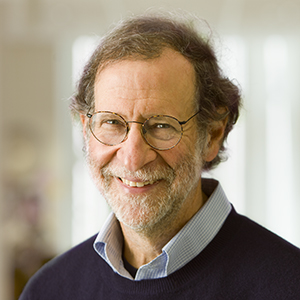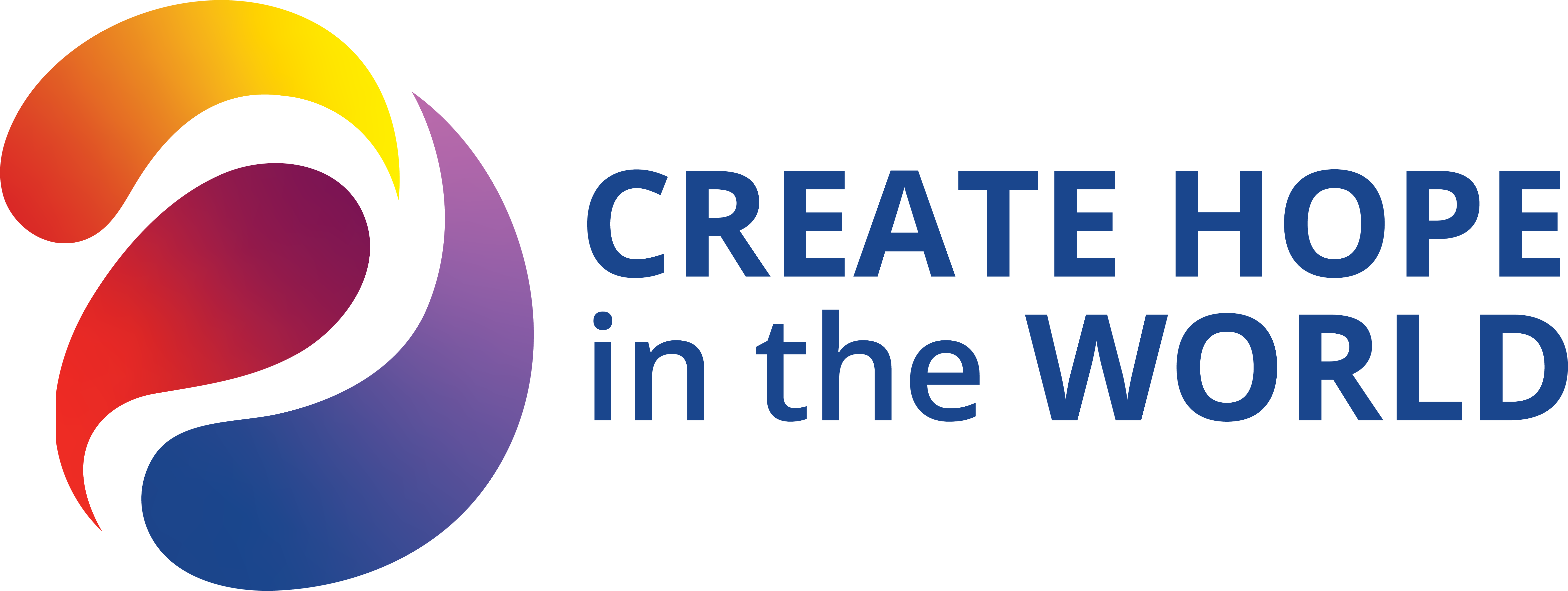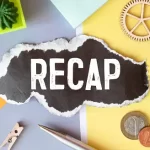Dr. Stephan Forman, M.D., is an international expert in leukemia, lymphoma and bone marrow transfusion. In 1978 he went from USC to the City of Hope for what was to be a six-week study of methods to treat leukemia. At that time the disease had a 100 percent mortality rate. When he learned of some new studies the City of Hope was undertaking in the area of bone marrow transplants, he decided to stay and get involved in this new and fascinating project.
To treat a patient with these types of cancers the first step is to kill off all the cancer cells in the body with chemotherapy and radiation. The problem that occurs is that the doses used also kill off the normal cells in the blood system leaving the patient with no immune system. To bring back an immune system, cells are taken from a person who is a “match” to the patient and then transferred into that person. The cells grow and regenerate the whole blood and immune system. In essence, the treatment changes someone from who they are to who they will be.
The first year of the study the City of Hope did six transplants on people who had no other options, either the procedure would work or the patient would pass away. One patient was cured so they knew there was something there and they had to find a way to do it better. In 2015 the City of Hope successfully treated 630 people. In the beginning only two types of cancer could be cured by stem cell transplants. Now there are more than thirty types that can be cured.
In the early days of the study, finding a family match was very difficult. If a person has only one sibling there is a one in four chance of a match, meaning that the larger the family, the better chance of finding a match. The difficulty in finding matches led to the National Marrow Donor Program. The registry of donors has grown around the world to 15 million people. Their typing is in the bank and when a patient doesn’t have a match in the family, a donor is found from some place around the world. The cells are collected from the donor, flown to the City of Hope and transplanted into the patient as if they were from their sibling. If things go well and the patient survives, City of Hope arranges for the patient to meet their donor.
The City of Hope and Dr. Forman continue to do research on engineering the immune system to treat other kinds of cancer and possibly other diseases. They are driven to strive in the search for cures.
Program Note: Dr. Stephen Forman



 Let’s Recap! 4/19/24
Let’s Recap! 4/19/24